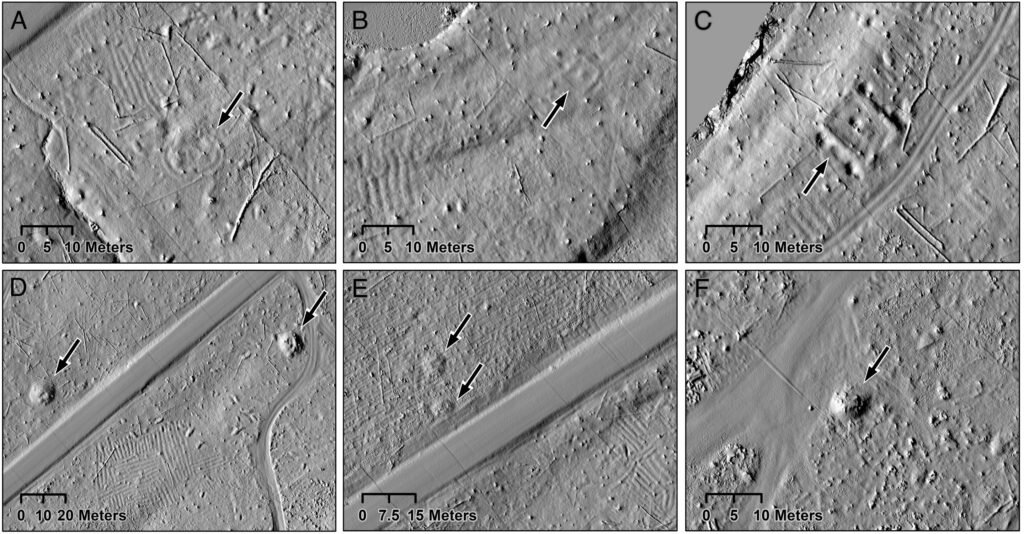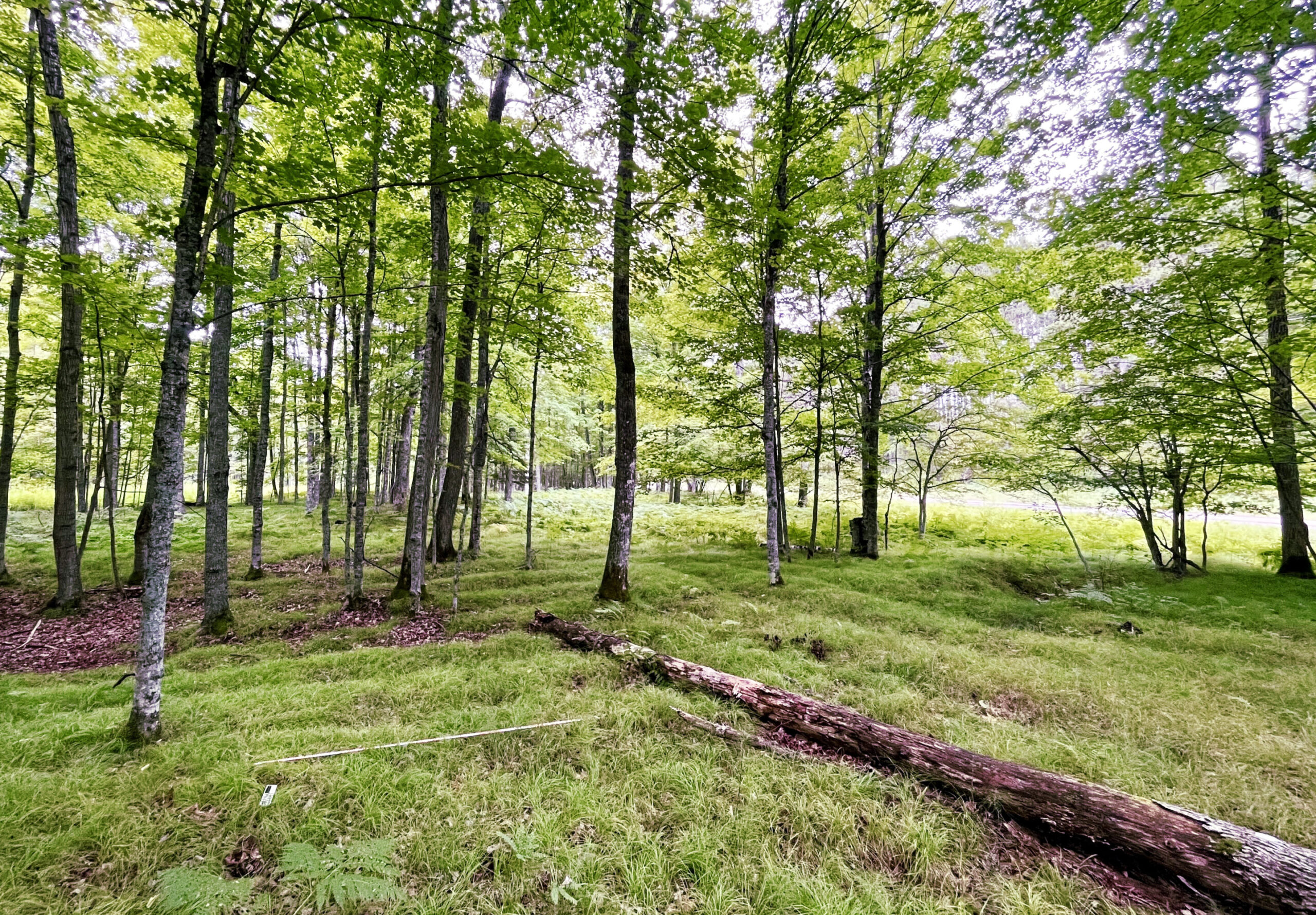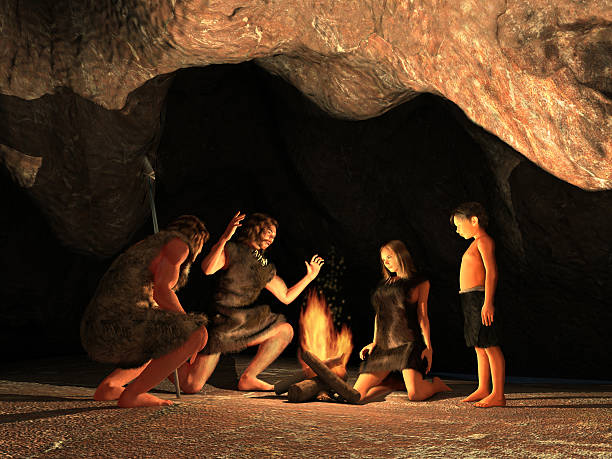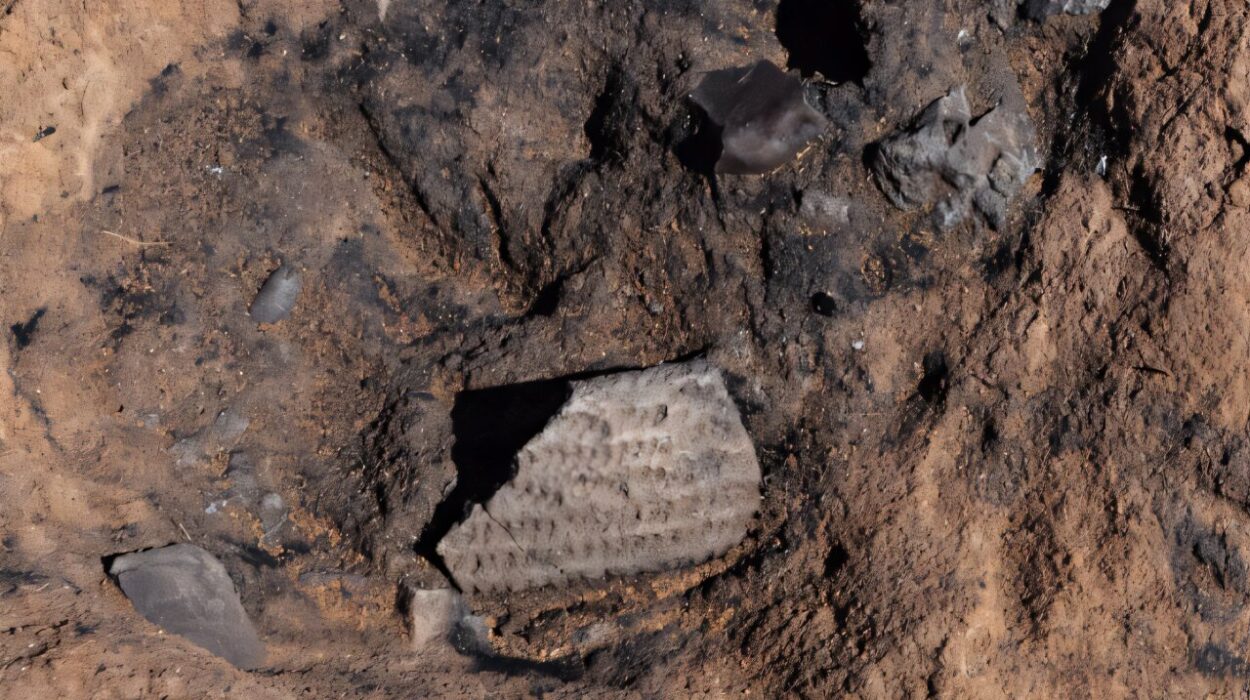Michigan’s Upper Peninsula is often characterized by its cold climate, dense forests, and short growing season, making it a tough place for farming. Most would consider the region inhospitable to large-scale agriculture, especially in ancient times. Yet, a groundbreaking study led by Dartmouth researchers has uncovered evidence that challenges this assumption, revealing that the region was once home to an advanced agricultural system managed by the ancestors of the Menominee Indian Tribe. The Sixty Islands archaeological site along the Menominee River stands as the most complete ancient agricultural site in the eastern United States.
Through this research, a new chapter in our understanding of Native American farming practices has been written—one that shows the Upper Peninsula was not only inhabited but cultivated by sophisticated agricultural communities. This discovery redefines what we know about early farming systems and the societies that created them.
The Sixty Islands Site: A Window into the Past
The Sixty Islands archaeological site is part of a larger area known as Anaem Omot, or the “Dog’s Belly” in Menominee, a region rich in cultural and historical significance. This site features a remarkable raised ridge field system that dates back to the 10th century, extending well into the 1600s. When researchers first surveyed the site, they were astounded by its size and level of preservation. This network of agricultural ridges, stretching across roughly 330 acres, revealed an organized and intentional farming strategy. The site’s layout, designed to support crops such as corn, beans, squash, and other plants, has survived remarkably well over the centuries.
The raised fields are organized into ridged garden beds that vary in height from 4 to 12 inches. This construction technique, originally developed by the ancestors of the Menominee Tribe, was a key innovation to cope with the region’s challenging environment. These ridged beds would have improved drainage, helped retain warmth, and provided better growing conditions for crops in a cold and short-growing season.
A Revolutionary Discovery: The Scale of Ancient Farming
Before this study, the scale of agricultural practices in the Upper Peninsula was poorly understood. The research, however, has completely transformed our perception. The field system discovered by the Dartmouth team is ten times larger than what was previously estimated. Madeleine McLeester, the lead author of the study and assistant professor of anthropology at Dartmouth, notes that this discovery forces archaeologists to reconsider not only agricultural practices in the Upper Peninsula but also our global understanding of early farming systems.
“Such large-scale farming would have required a level of labor organization and cooperation usually associated with much larger, state-level societies,” McLeester explains. The sheer scope and organization of this farming community challenge previous assumptions that smaller, egalitarian societies inhabited this region. It raises the possibility that these ancient communities were much larger and more complex than originally thought.
Collaboration with the Menominee Tribe
This discovery is the result of an ongoing collaboration between Dartmouth researchers and the Menominee Indian Tribe of Wisconsin. In fact, the research was carried out with the support and guidance of David Grignon, the Menominee Tribe’s historic preservation officer, and the late David Overstreet, a consulting archaeologist for the College of the Menominee Nation. This partnership highlights the importance of working closely with Native communities in preserving and interpreting their histories.
The Menominee Tribe had long held the belief that their ancestors had utilized advanced agricultural methods, and this study offers solid evidence to support that oral history. The collaboration also demonstrates a model for how modern archaeology can work in tandem with Indigenous communities to uncover and protect ancestral knowledge.
The Power of Lidar Technology: Mapping the Landscape
To map the expansive site, the team employed an innovative approach—drone-based lidar (Light Detection and Ranging) technology. Lidar uses laser pulses to create highly detailed maps of the Earth’s surface, even through dense forest canopies. As senior author Jesse Casana, a professor of anthropology at Dartmouth, explains, lidar provides a much higher-resolution dataset than traditional aerial surveys, making it particularly useful for mapping sites hidden beneath trees.
The team’s use of lidar allowed them to uncover intricate patterns of ridges stretching across the landscape. These ridges were arranged in quilt-like formations, each one likely constructed by individual farmers. The precise alignment of the ridges shows that their placement was intentional and possibly based on the specific needs of each farmer, rather than relying on environmental factors like the sun’s position. This level of organization suggests a deeply ingrained agricultural knowledge passed down through generations.
In addition to revealing the agricultural field system, lidar uncovered a wealth of other features at the site. Among these were a circular dance ring, which would have held ceremonial significance, and the foundation of a rectangular building that may have been a colonial trading post. The technology also revealed looted burial mounds, previously unknown burial sites, and even a burial mound on private land now owned by a mining company. These discoveries give new insights into the region’s cultural landscape, further solidifying the historical importance of Sixty Islands.

Excavation and Radiocarbon Dating: Piecing Together the Timeline
In August 2023, the team returned to the site to conduct excavations at three of the raised agricultural ridges. Radiocarbon dating of charcoal samples found during these excavations revealed that the ridges were rebuilt over a period of approximately 600 years, with the earliest construction dating back to around the year 1000, during the Late Woodland period.
“The ridges at Sixty Islands were not constructed all at once but were continually modified and rebuilt over centuries,” says Casana. This extended history of farming suggests a long-standing and sustainable agricultural system that supported the local population for hundreds of years. The process of rebuilding these ridges likely involved a deep understanding of soil health, crop rotation, and landscape management.
Along with charcoal, the team recovered broken ceramics and other artifacts. These remnants offer further evidence that the fields were not just for growing food but were integrated into the daily life and cultural practices of the people who cultivated them. Some of the charcoal found during excavation likely came from fires used for cooking or ceremonial purposes, while other materials may have been used as compost, enriching the soil and improving crop yields.
A New Understanding of the Upper Peninsula’s History
This discovery challenges many of the existing narratives about the Upper Peninsula. Prior to this study, the region was thought to be sparsely populated and largely forested. The idea that such a significant and organized agricultural system could have existed in this area raises important questions about the history of forestation in the region. Sixty Islands would have been cleared of trees during the 600-year period when the fields were in use, a fact that alters the conventional understanding of the area’s ecological history.
Furthermore, the scale and sophistication of the farming system raise important questions about the ways in which agricultural knowledge was transmitted across generations. It suggests that farming was not just a practical skill but a deeply embedded cultural tradition that shaped the lives and identities of the people who lived in this region.
The Significance of the Menominee Legacy
The significance of this discovery extends far beyond the realm of archaeology. It underscores the richness and complexity of Native American agricultural practices, which have often been overlooked or misunderstood in mainstream historical narratives. The research at Sixty Islands not only sheds light on the ingenuity of the Menominee ancestors but also emphasizes the importance of Indigenous knowledge systems in understanding sustainable agricultural practices.
The Menominee Tribe’s ongoing involvement in the research process ensures that this new understanding of their ancestors’ agricultural practices is integrated with their living cultural heritage. As the tribe continues to work with researchers, the hope is that the study will inspire further exploration and preservation of their ancestral sites, leading to a greater appreciation of their contributions to history.
Looking Ahead: Future Plans and Ongoing Research
The team’s work is far from over. There are still large portions of the Sixty Islands site that have yet to be mapped, and plans are already underway to extend the survey and locate additional Menominee villages. Future excavations will continue to shed light on the daily lives, farming techniques, and social structures of the people who lived in this area.
The work also has broader implications for our understanding of pre-Colonial farming in North America. The discovery at Sixty Islands raises the possibility that agricultural ridges once covered much of eastern North America, further complicating our understanding of the region’s ancient ecosystems and cultures.
Conclusion: A Legacy Rediscovered
The research conducted at Sixty Islands offers a remarkable glimpse into the agricultural practices of ancestral Menominee communities. By utilizing cutting-edge technology and fostering partnerships with Native communities, Dartmouth researchers have uncovered a hidden chapter in the history of Michigan’s Upper Peninsula. This discovery not only changes our understanding of the region’s past but also contributes to a more inclusive and accurate portrayal of Native American history.
As more excavations and surveys take place, the legacy of the Menominee ancestors will continue to come to light, reminding us that the story of the Americas is far more complex and diverse than we often realize. The ancient agricultural system of Sixty Islands stands as a testament to the ingenuity, resilience, and cultural richness of the Menominee people—and to the power of collaborative, innovative research in uncovering forgotten histories.
Reference: Madeleine McLeester, Archaeological evidence of intensive Indigenous farming in Michigan’s Upper Peninsula, USA, Science (2025). DOI: 10.1126/science.ads1643. www.science.org/doi/10.1126/science.ads1643






